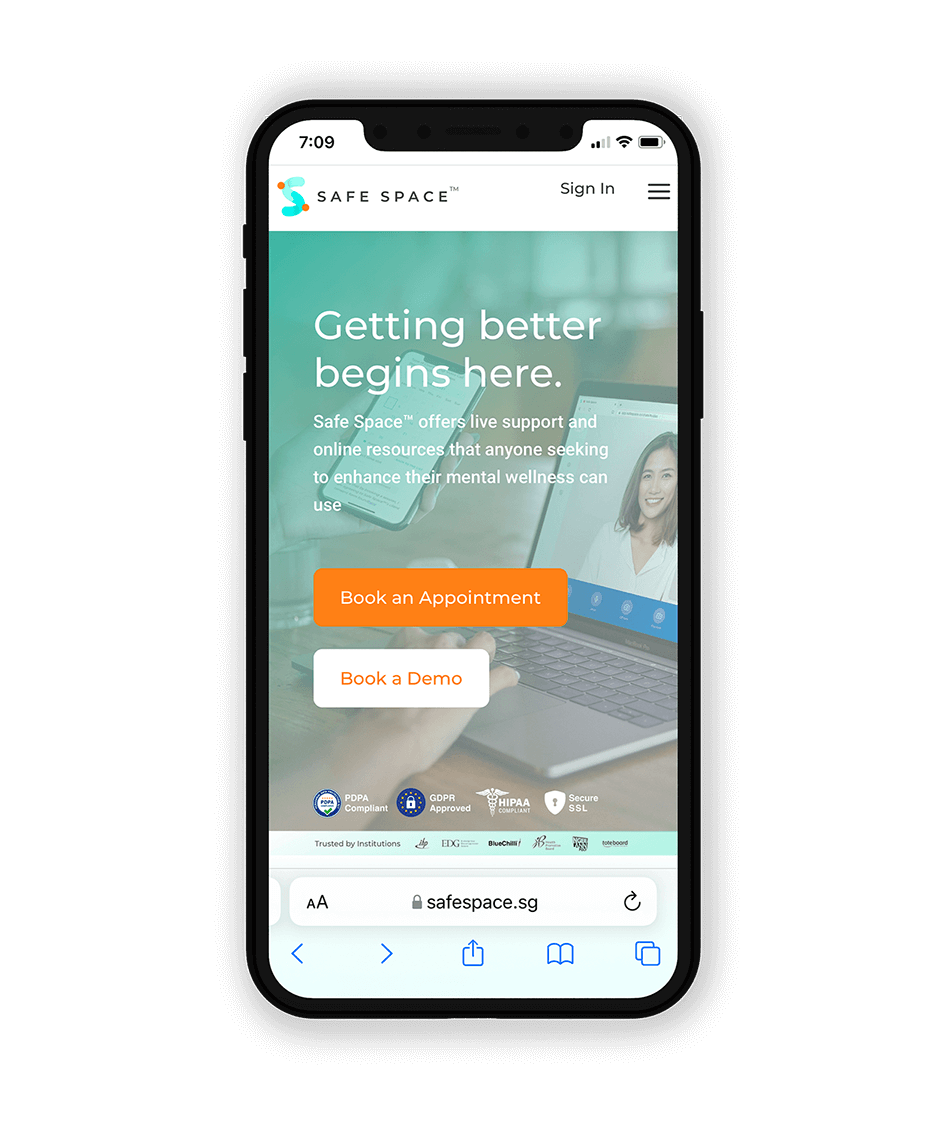How do we build a connection with food? As humans, do we have inborn preferences for the food we like to eat? The truth is, we don’t have a direct relationship with food. As soon as a child grows and consumes solid food, the relationship with food is not direct anymore. There are so many factors that contribute to this, such as our senses, when we see or smell food. How do we make meaning of our relationship with food? We learn about through feedback loops or multiple registrations of things that have happened, and we have had experienced. When we make changes with food, diet, or preference, those are all through the feedback loop. For example, a child goes to school or a party and has brought home a colourful cupcake, the sensory input of a colourful cupcake would prompt a child to want to eat the cupcake. When the child shares this with the mother and she says ‘oh, no. That cupcake has too much sugar.’ The child may then be confused because the senses tell you to eat the colourful cupcake, but the mother says it has too much sugar. That may make it seem that the cupcake having too much sugar is bad and therefore, contributes to the relationship the child makes with the cupcake moving forward. It may invoke internal conflict between wanting to eat it and avoiding it.

How Negotiation teaches our kids about respecting themselves and others boundaries
Written by Nidhi Pitkar (PSYCHOLOGIST, THERAPIST) | April, 2025 Ask any parent about their hopes for their children and they'll tell you that they just want them to be happy. Happiness is a subjective feeling of well-being and therefore different for each...


